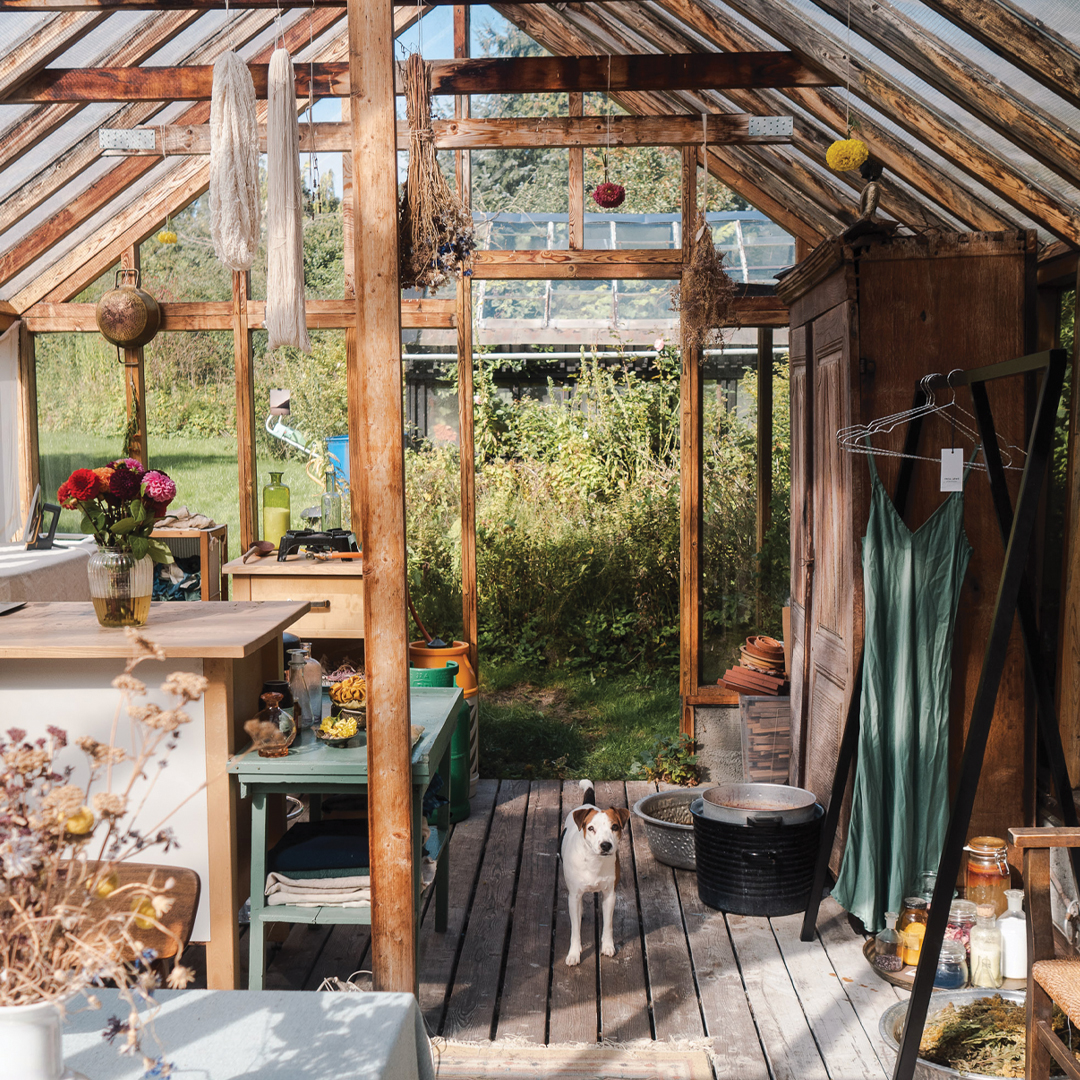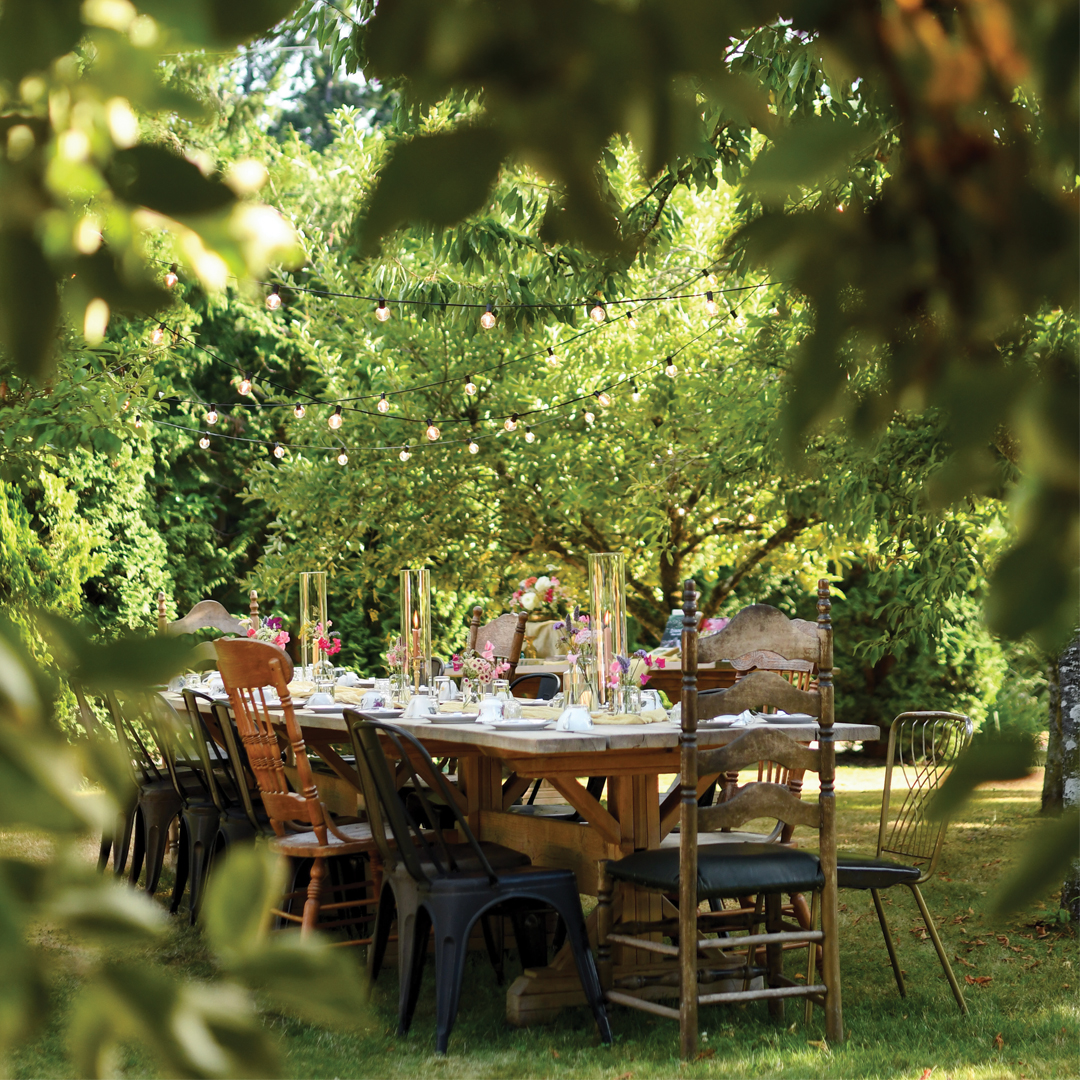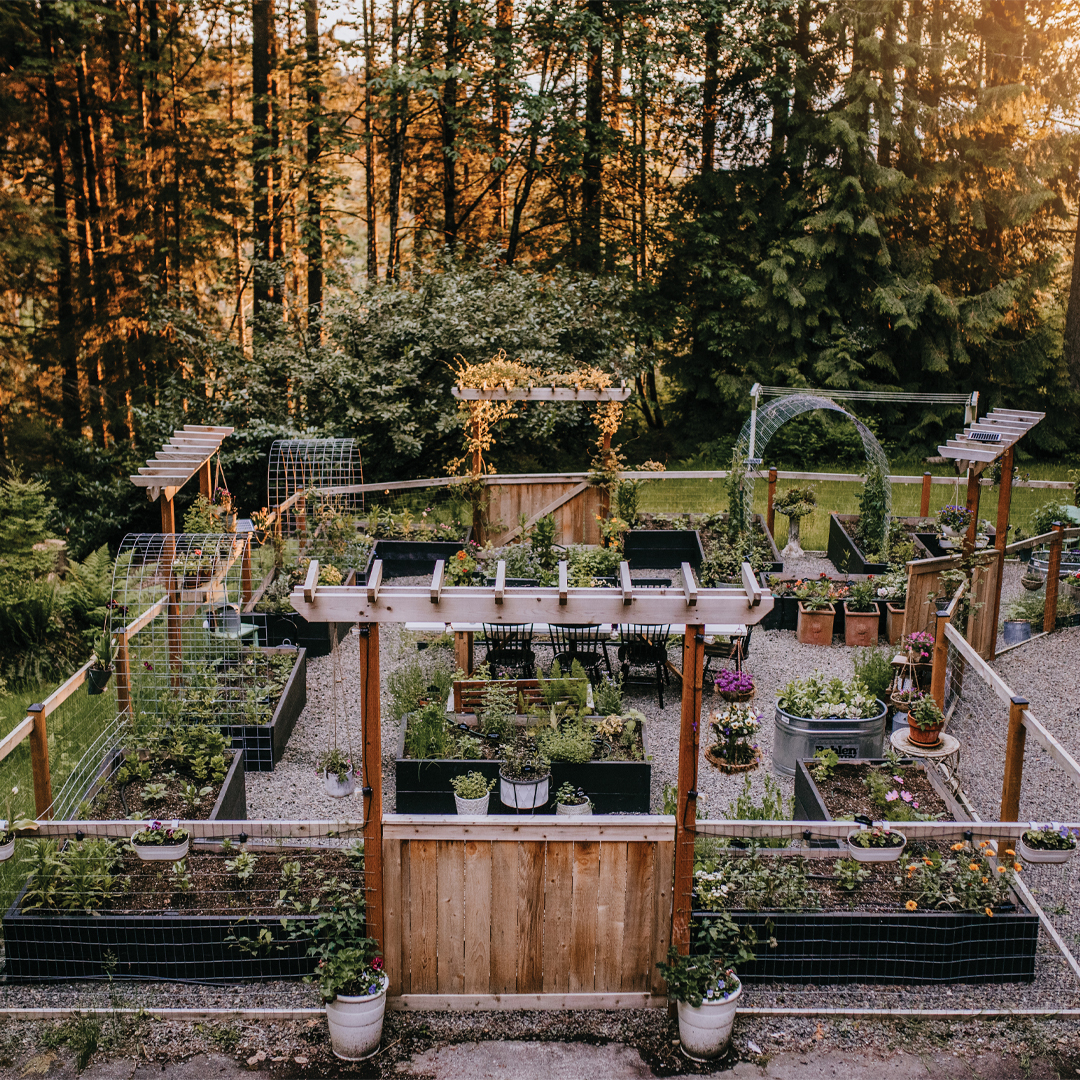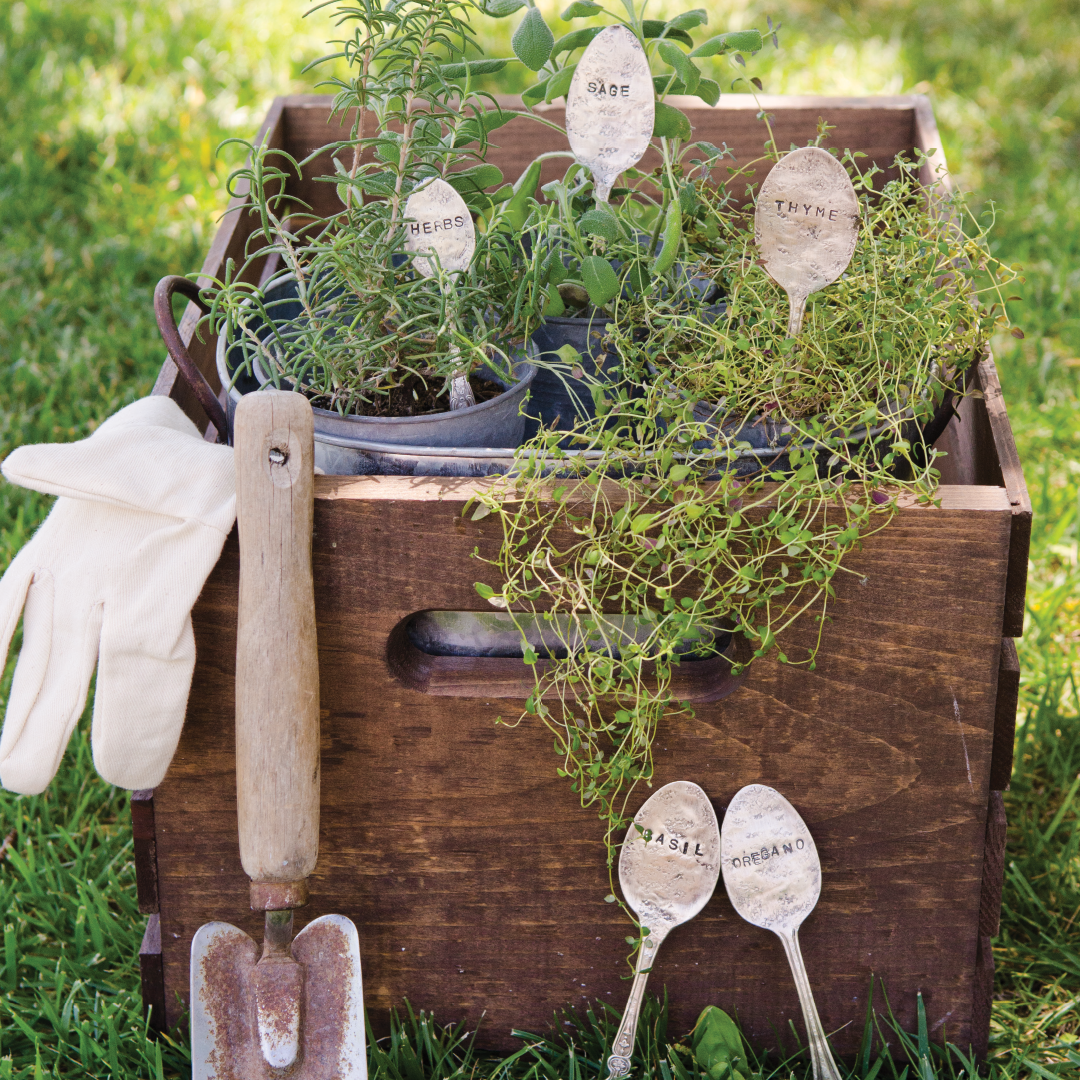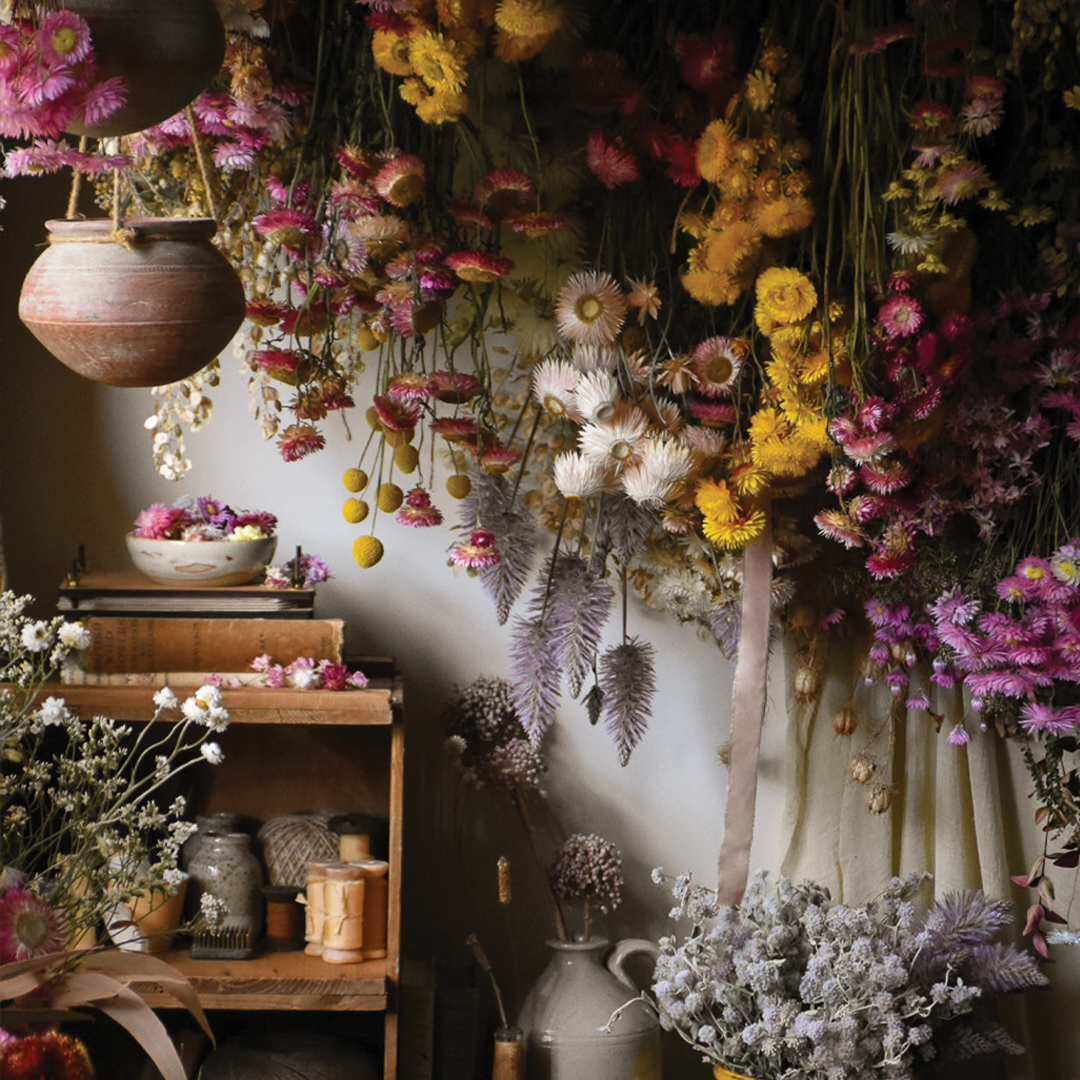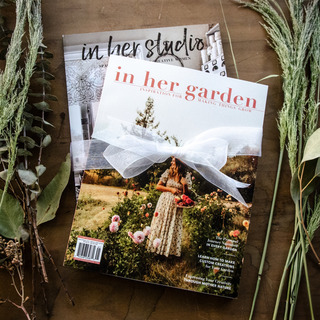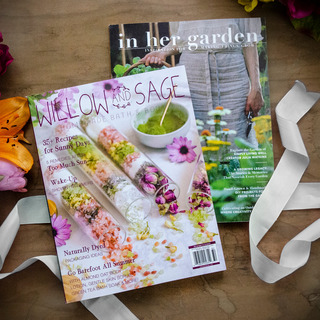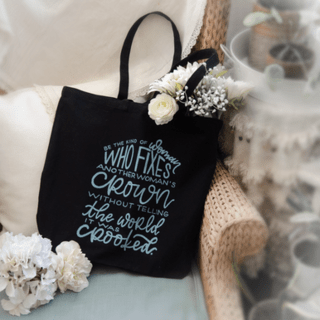
7 Creative Spring Garden Ideas to Explore
Apr 10th 2024
Gardening isn't just about putting seeds in the ground and waiting for them to sprout; it's a means of connecting with nature, a therapeutic activity, and an artistic endeavor. Whether you're just starting out or an experienced gardener, there's always room to explore something new. And as the chill of winter fades away, now is the perfect time to think about waking up your spring garden with fresh ideas.
Vertical Gardening
Not only is vertical gardening a space-saving technique, but it's also a visually appealing way to create a lush green backdrop. You can maximize space by growing plants upward instead of outward. Here are some methods to incorporate vertical gardening into your spring garden:
- Wall-mounted planters: Install wall-mounted planters or vertical gardening systems on walls, fences, or even the side of your house. These systems allow you to grow diverse plants, from herbs and flowers to small vegetables, in a compact and organized manner.
- Trellises and arbors: Use trellises and arbors to support vining plants like beans, cucumbers, and tomatoes.
- Hanging gardens: Hang containers or baskets filled with trailing plants like ivy, strawberries, or petunias from overhead structures such as tree branches or pergolas.
- Vertical garden walls: Create green screens or living walls using modular planting systems or DIY projects. These vertical gardens can serve as sound barriers, privacy screens, or decorative features in your spring garden.
FREJA LØWE⎟ IN HER GARDEN SPRING 2024
Outdoor Art Studio
Turn your existing shed into an art studio or position a bell tent in a serene corner of the garden, nestled beneath the canopy of trees or beside a fragrant flower bed. Create a cozy seating area where you can create art, with a rustic bench or hammock to unwind and connect with nature.
"In my garden, I walk across the dewy grass to get to my studio — barefoot, when the season allows. My studio is an old greenhouse, and I love the special morning light that meets me when I get inside. Natural light is especially important since my work is all about the colors I make from plants, flowers, and other natural pigments. On some days, creativity comes naturally to me, while on other days, I have to find inspiration before I can create. I live next to a beautiful forest, so this is my go-to spot for getting out of a creative block." — Freja Løwe
You can find Freja's outdoor studio in In Her Garden Spring 2024.
Aquaponics
Aquaponics is a sustainable approach to gardening, combining aquaculture, which involves raising fish, with hydroponics – the method of growing plants in water – in a closed-loop system. Fish waste provides the plants with nutrients. The plants, in turn, filter the water, creating a mutually beneficial, symbiotic relationship. Here's how to get started with aquaponics in your spring garden:
- Build a system: Construct a small-scale aquaponics system using readily available materials such as fish tanks, grow beds, pumps, and plumbing fittings.
- Choose fish and plants: Select fish species that thrive in aquaponic systems, such as tilapia, trout, or catfish. Choose fast-growing, nutrient-hungry plants like leafy greens, herbs, and fruiting crops to maximize productivity and nutrient cycling.
- Maintain water quality: Monitor and maintain water quality parameters like ammonia, pH, nitrate levels, and nitrite to ensure optimal conditions for plants and fish.
- Harvest and enjoy: Harvest vegetables and fish from your aquaponics system as they mature, and enjoy the fresh, homegrown produce and protein that your garden produces year-round.
JESSICA VALLANCE⎟ IN HER GARDEN SPRING 2024
Spring Garden Parties
Transform your garden into a charming venue for memorable gatherings. From intimate gatherings among blooming flowers and birthday celebrations to afternoon teas and sunset soirees, there's no shortage of opportunities to revel in the delights of alfresco entertaining.
- Choose a theme: Set the tone for your garden party by choosing a theme that reflects your personal style and interests.
- Decorate with style: Adorn your garden with colorful decorations, table settings, and floral arrangements.
- Plan delicious fare: Plan a menu of food and beverages highlighting seasonal flavors and local ingredients.
- Add activities: Keep guests entertained with activities and entertainment options, such as lawn games or a DIY craft station.
"Picture it: long farm tables with the most elaborate table settings, encircled with mismatched chairs, placed within a peaceful orchard, with the sounds of the laughter and joy of those in attendance." – Jessica Vallance.
Learn how to photograph a picture-perfect spring garden party in In Her Garden Spring 2024.
JESS BUTTERMORE⎟ IN HER GARDEN SUMMER 2023
Moonlight Gardens
Selecting plants with white or light-colored flowers and foliage that reflect the moonlight, you can create a luminous and ethereal garden that comes alive at night.
- Choose night-blooming flowers: Select flowers that bloom at night or in the evening, such as moonflowers, evening primrose, night-blooming jasmine, and angel's trumpet. These fragrant blooms open at dusk and release their sweet scent into the night air.
- Include silver and variegated foliage: Incorporate plants with silver or variegated leaves to add contrast and visual interest to your moonlight garden. Plants like dusty miller, lamb's ear, and variegated hostas reflect the moonlight and create a soft, silvery glow in the darkness.
- Install soft lighting: Elevate the enchanting ambiance of your moonlight garden with subtle lighting. Use solar-powered lights, LED candles, or string lights to illuminate pathways, highlight focal points, and create a warm and inviting atmosphere for nighttime strolls.
MELINDA BARNET⎟ IN HER GARDEN VOLUME 1
A Garden DIY: Spoon Garden Markers
by Melinda Barnet from In Her Garden Volume 1
At first, I made the markers from recycled roof flashing, but I found that they often fell over or migrated to other parts of the garden. I needed to find something more substantial, and my friend Michelle suggested using vintage spoons — it was the perfect solution! I love using spoons for markers because they are durable, they stay in place, and they add a bit of quirky charm to my garden. Silver-plated spoons can be found at many thrift, antique, or junk stores. They come in beautiful patterns and are normally sold for a fraction of what it costs for sterling spoons.
To make these spoon garden markers, put the spoon onto an anvil and use a hammer to pound it flat. Stamp the herb's name onto the spoon, beginning by placing the middle letter in the middle of the spoon and working out from there. Hammer the spoon flat again. Darken the letters with a black permanent marker, then polish the surface with steel wool, leaving the marker color in only the recessed areas. Seal the spoon marker if desired. Now it's ready for your garden!
Tip: The best way to evenly space the letters is to begin with the letter in the middle of a word or line, and the rest of the letters can be placed based on the first one, giving you a better chance of an evenly spaced word or phrase.
Explore more DIY garden projects in our In Her Garden magazine.
ELIZABETH WALTON⎟ IN HER GARDEN SPRING 2024
Garden Decor with Dried Flowers
While fresh blooms dazzle with their vibrant colors and delicate petals, dried flowers offer a different kind of allure—timeless beauty preserved in graceful elegance.
Select foliage and flowers from your garden, choosing blooms that retain their color and shape when dried, such as lavender, roses, and hydrangeas. Harvest flowers at their peak freshness, removing excess foliage and arranging them in small bunches tied with rubber bands or twine. Then, air dry the bundles by hanging them upside down in a well-ventilated, dark space. Once dried, you can incorporate dried flowers into various garden decor elements, from bouquets and centerpieces to wreaths and garlands.
Explore more inspiring outdoor spaces alongside gardening ideas and DIY projects for and from the garden in
In Her Garden magazine.
You Might Also Like...


